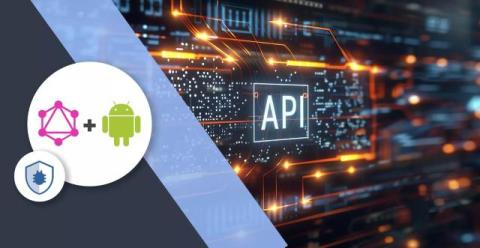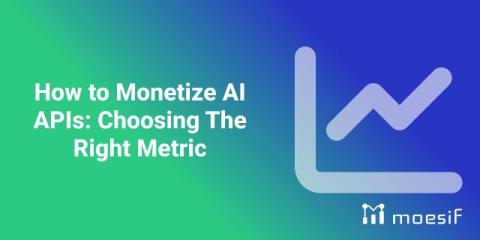An Introduction to HTTP Caching in Ruby On Rails
It's 2024, and the HyperText Transfer Protocol (HTTP) is 35 years old. The fact that the vast majority of web traffic still relies on this simple, stateless form of communication is a marvel in itself. A first set of content retrieval optimizations were added to the protocol when v1.0 was published in 1996. These include the infamous caching instructions (aka headers) that the client and server use to negotiate whether content needs refreshing.











